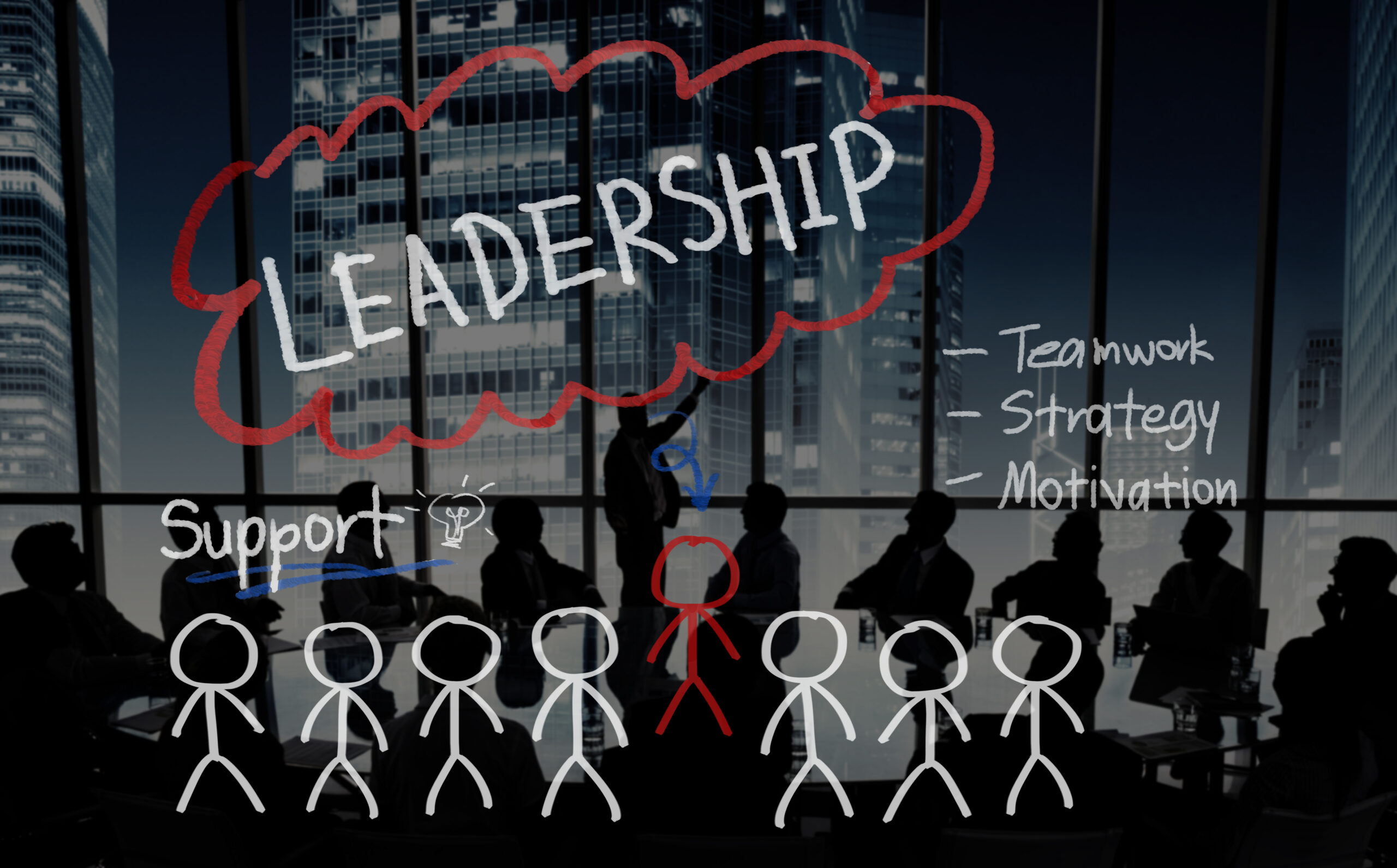Leadership and learning are indispensable to each other

“Leadership and learning are indispensable to each other” highlights the intrinsic connection between effective leadership and continuous learning. Leaders who prioritize learning set themselves and their organizations up for sustained success. Here’s an in-depth look at how leadership and learning are interconnected and strategies to foster this relationship effectively.
The Interconnection Between Leadership and Learning
Adapting to Change: Leaders must constantly adapt to the rapidly changing business environment. Continuous learning helps them understand new technologies, shifting market trends, and emerging business models.
Example: Satya Nadella, CEO of Microsoft, has emphasized a learning culture within Microsoft, helping the company adapt and thrive in the cloud computing era.
Driving Innovation
Cultivating Creativity: Leaders who engage in continuous learning are better equipped to inspire innovation within their teams. They stay abreast of new ideas and encourage their teams to think creatively.
Example: Jeff Bezos of Amazon is known for his relentless pursuit of learning and innovation, which has driven Amazon to explore new markets and technologies.
Enhancing Strategic Decision-Making
Informed Choices: Learning enables leaders to make informed decisions based on current knowledge and trends, leading to better outcomes.
Example: Indra Nooyi, former CEO of PepsiCo, consistently invested in learning about global markets and consumer behaviors, which informed her strategic decisions and helped expand PepsiCo’s global presence.
Building Resilience
Learning from Failures: Effective leaders view setbacks as learning opportunities, which builds resilience and a growth mindset.
Example: Elon Musk’s ability to learn from the failures of SpaceX’s initial rocket launches has been crucial in eventually achieving successful missions.
Improving Employee Engagement and Development
Role Modeling: Leaders who commit to learning demonstrate its value to their teams, fostering a culture of continuous improvement and engagement.
Example: Google’s commitment to learning and development, driven by its leadership, has contributed to high employee engagement and innovation.
Strategies to Foster the Relationship Between Leadership and Learning
Cultivate a Learning Culture
Encourage Curiosity: Promote an environment where curiosity and questioning are valued. Leaders should model this behavior by continuously seeking new knowledge and skills.
Example: Encourage leaders to participate in cross-departmental projects to gain diverse insights and foster holistic learning.
Provide Access to Learning Resources
Invest in Education: Provide leaders with access to resources such as courses, books, conferences, and professional networks.
Example: Companies like Deloitte offer extensive training programs and resources to ensure their leaders are constantly learning.
Implement Continuous Feedback Mechanisms
Foster Open Communication: Establish regular feedback loops where leaders receive constructive feedback from peers, subordinates, and mentors.
Example: Conduct regular 360-degree feedback sessions to help leaders understand their strengths and areas for growth.
Encourage Experiential Learning
Hands-On Experience: Create opportunities for leaders to learn through experience, such as rotations, special projects, and international assignments.
Example: PepsiCo’s Leadership Development Program rotates participants through different roles and regions, broadening their perspectives and skills.
Promote Mentorship and Coaching
Leverage Expertise: Establish mentorship and coaching programs where seasoned leaders can impart their knowledge and experiences to emerging leaders.
Example: IBM’s Executive Mentoring Program pairs new leaders with experienced executives to guide their development.
Embrace Lifelong Learning
Encourage Continuous Education: Leaders should pursue ongoing education, whether through formal degrees, certifications, or informal learning opportunities.
Example: Companies like GE have partnered with universities to provide executive education programs tailored to their leaders’ needs.
Cultivating Creativity: Leaders who engage in continuous learning are better equipped to inspire innovation within their teams. They stay abreast of new ideas and encourage their teams to think creatively.
Example: Jeff Bezos of Amazon is known for his relentless pursuit of learning and innovation, which has driven Amazon to explore new markets and technologies.
Enhancing Strategic Decision-Making
Informed Choices: Learning enables leaders to make informed decisions based on current knowledge and trends, leading to better outcomes.
Example: Indra Nooyi, former CEO of PepsiCo, consistently invested in learning about global markets and consumer behaviors, which informed her strategic decisions and helped expand PepsiCo’s global presence.
Building Resilience
Learning from Failures: Effective leaders view setbacks as learning opportunities, which builds resilience and a growth mindset.
Example: Elon Musk’s ability to learn from the failures of SpaceX’s initial rocket launches has been crucial in eventually achieving successful missions.
Improving Employee Engagement and Development
Role Modeling: Leaders who commit to learning demonstrate its value to their teams, fostering a culture of continuous improvement and engagement.
Example: Google’s commitment to learning and development, driven by its leadership, has contributed to high employee engagement and innovation.
Strategies to Foster the Relationship Between Leadership and Learning
Cultivate a Learning Culture
Encourage Curiosity: Promote an environment where curiosity and questioning are valued. Leaders should model this behavior by continuously seeking new knowledge and skills.
Example: Encourage leaders to participate in cross-departmental projects to gain diverse insights and foster holistic learning.
Provide Access to Learning Resources
Invest in Education: Provide leaders with access to resources such as courses, books, conferences, and professional networks.
Example: Companies like Deloitte offer extensive training programs and resources to ensure their leaders are constantly learning.
Implement Continuous Feedback Mechanisms
Foster Open Communication: Establish regular feedback loops where leaders receive constructive feedback from peers, subordinates, and mentors.
Example: Conduct regular 360-degree feedback sessions to help leaders understand their strengths and areas for growth.
Encourage Experiential Learning
Hands-On Experience: Create opportunities for leaders to learn through experience, such as rotations, special projects, and international assignments.
Example: PepsiCo’s Leadership Development Program rotates participants through different roles and regions, broadening their perspectives and skills.
Promote Mentorship and Coaching
Leverage Expertise: Establish mentorship and coaching programs where seasoned leaders can impart their knowledge and experiences to emerging leaders.
Example: IBM’s Executive Mentoring Program pairs new leaders with experienced executives to guide their development.
Embrace Lifelong Learning
Encourage Continuous Education: Leaders should pursue ongoing education, whether through formal degrees, certifications, or informal learning opportunities.
Example: Companies like GE have partnered with universities to provide executive education programs tailored to their leaders’ needs. Conclusion
Conclusion
Deepa’s Reading Room is a powerful initiative that exemplifies the indispensable connection between leadership and learning. By providing a dedicated space for continuous learning, Deepa’s Reading Room supports leaders in their journey towards personal and professional growth. Deepa’s Reading Room can effectively illustrate how leadership and learning are intertwined, offering practical insights and inspiration for its readers interested in personal and professional development through reading.
### Leadership and Learning: An Indispensable Relationship
### Deepasreadingroom
Latest Post
-
 Beyond Genres, Beyond Geographies: Curating a Singular Experience for the Modern Reader31 Jul 2024
Beyond Genres, Beyond Geographies: Curating a Singular Experience for the Modern Reader31 Jul 2024 -
 Personalizing Your Space: How to Create a Productive Reading Nook24 Jul 2024
Personalizing Your Space: How to Create a Productive Reading Nook24 Jul 2024 -
 The Science Behind Ambiance at Deepa’s Reading Room: Enhancing Reading Efficiency through Environment18 Jul 2024
The Science Behind Ambiance at Deepa’s Reading Room: Enhancing Reading Efficiency through Environment18 Jul 2024 -
 The Digital Age vs Traditional Reading Spaces:Deepa's Perspective12 Jul 2024
The Digital Age vs Traditional Reading Spaces:Deepa's Perspective12 Jul 2024 -
 Unwind, Unplug, and Unleash: The Rebirth of Reading Rooms as Self-Care Sanctuaries26 Jun 2024
Unwind, Unplug, and Unleash: The Rebirth of Reading Rooms as Self-Care Sanctuaries26 Jun 2024
Book your seat now
Book your seat now and indulge in an environment tailored for academic excellence. Your study oasis awaits – reserve your spot today!


